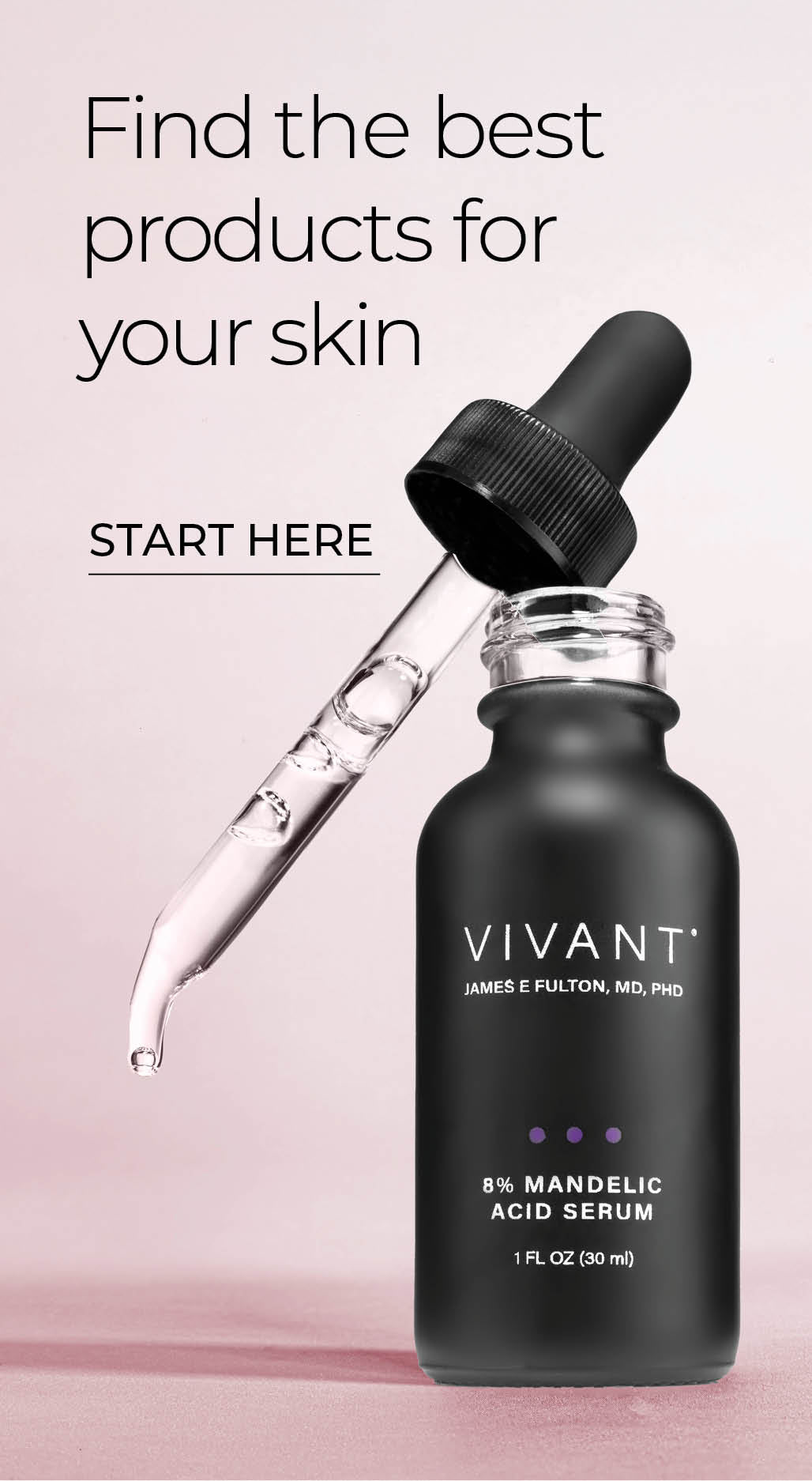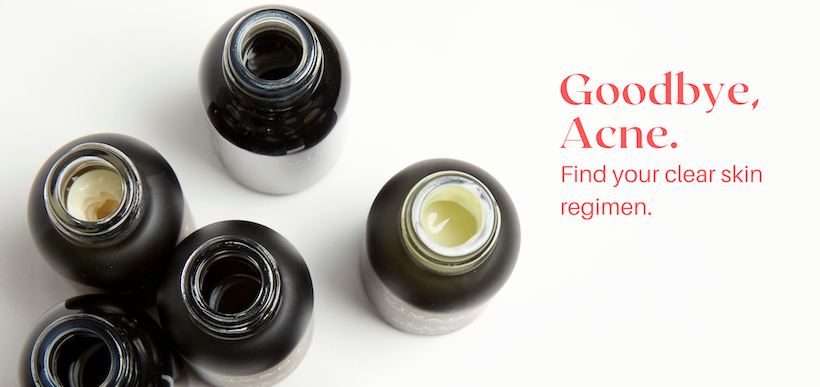Gimmick or Go-To? How to Pick the Best Cleanser

From foams and balms to carbonated, chelated, and charcoaled cleansers, what was once the most basic step in the skin care regimen has become a smorgasbord of exotic ingredients, notional textures, and ever-expanding promises.
Is a triple step cleanse really necessary? Can a carbonated cleanser really clear pores? How do you distinguish between gimmick and go-to when it comes to picking the right cleanser from the overcrowded skin care menu? Let’s scrub away the confusion to reveal your ideal wash.
What’s the Job of a Cleanser?
A cleanser has a simple, but crucial role: to clear away dirt, grime, oil, pollutants, and cellular debris from the surface of the skin to keep pores from becoming impacted, to kill bacteria under the surface, and to create a healthy foundation for the rest of your skin care regimen.
Where it gets tricky is in the formulation. The cleanser must be both ninja and nurturer, vigorous enough to clear away all the unwanted surface debris, but gentle enough to leave your skin barrier undisturbed.
Harsh ingredients or over-scrubbing your skin will strip the acid mantle and push your pH toward the alkaline side of the scale. Skin that’s too alkaline will be dry, irritated, inflamed, and more prone to breakouts and signs of aging.
Bar soaps and sulfate-based formulas (the ones that produce a lot of lather) are big offenders in this category. They tend to be highly alkaline. If your skin has ever had that tight, dry feeling after washing, your experienced a cleanser that’s too harsh for your skin. Clean skin should feel soft, smooth, nourished.
An oil-based cleanser can be great for dry, sensitive, or mature skin because it will nourish the skin barrier and hydrate. But it also leaves behind some residue that can clog pores. If your skin is already oily and/or acne prone, you’ll want avoid the oil and go with a water-based gel cleanser.
Some advocate a double cleansing system that uses an oil-based cleanser to break down makeup and hydrate, followed by a water-based cleanser to clear away any of the oil residue of the first cleanser. Unnecessary. Just use one cleanser that’s correctly formulated for your skin type and follow with a toner.
And that carbonated trend? Beware of anything with baking soda, which is appearing in cleansers as way to clean pores. Baking soda is highly alkaline and wreaks havoc with your skin’s pH balance. A benzoyl peroxide cleanser will oxygenate pores and kill bacteria without the irritation.
Is it possible to over-cleanse?
If you’re using a formula that’s too harsh for your skin, yes. You can over-cleanse and strip the acid mantle, which admits bacteria (hello, breakouts), and creates irritation, redness, and dryness.
If you’re worried about using a scrub on acne inflamed skin, don’t be. Using antibacterial scrub like BP 3% Exfoliating Cleanser daily will loosen the dead skin cells that are blocking the impacted pore, allowing the impactions to come up and out. Just do it gently with your fingertips. You are not scouring your sink.
What are the best cleansers?
Every skin type can benefit from antioxidant, barrier supporting ingredients. The nuances in formulation correspond to the various skin types.
Do you have dry, sensitive, mature skin? You’ll want something with a little oil, some antioxidant support, and some hydrating ingredients. Vivant’s gentle Cleansing Milk is a luxuriously creamy wash fortified with antioxidant grapeseed oil to hydrate, protect skin from free radical damage, and stimulate cell repair. It calms inflammation and redness and strengthens the skin barrier.
Normal or combination skin? Vivant’s Green Tea Antioxidant Cleanser has a superabundance of bioactive polyphenols that protect cells from free radical damage, provide protection against UV damage, and help maintain healthy collagen formation. It’s protects pH balance, is mildly astringent without stripping, and anti-inflammatory making it a good choice for rosacea-prone skin.
You can combine either with Buffing Grains once a week to remove dead skin and help boost collagen production.
Oily, acne-prone skin? BP 3% Exfoliating Cleanser is the king of cleansers for mild to severe acne. Benzoyl peroxide releases oxygen into the pore to kill bacteria, while biodegradable microbeads clear cellular debris to peel out impactions.
If you prefer something slightly less vigorous, 3% BP Acne Wash is a soothing, creamy antibacterial cleanser best for preventing breakouts in acne-prone skin.
Dark spots or hyperpigmentation an issue? Mandelic acid cleansers are made for you. This alpha-hydroxy acid is gentler than other AHAs. Because of its larger molecular size, the skin absorbs it more slowly and keeps it from irritating. It’s also a melanin-inhibitor, so it helps to fade discoloration and excess pigment. Try Mandelic Acid 3-In-1 Wash.
If you’re hyperpigmentation- and acne-prone, mandelic acid has a bonus. It’s antibacterial, anti-inflammatory, and anti-fungal, so it’s got all the bases covered. Go with Mandelic Acid 3-in-1 Exfoliating Cleanser.


Comments